Text and photographs by Patrick Rochon.
I started doing Light Painting photography in Montreal, Canada in 1992. I also used to do “traditional” photography but in 1997, flying to Tokyo from New York, I realized I would dedicated all my time to this art, I officially declared myself a Light Painter and never looked back at traditional photography. Now everything I do involves the movement of light. With Light Painting, I like collaborating with dancers and performers, shooting portraits, fashion, cars, high-end products and nudes.
When I first started doing Light Painting with my friends I soon realized something special was happening. I could see an other world into the picture, something that didn’t exist before or something that wasn’t there in the dark when I opened up the shutter. Like imagination just came in. Instead of taking a picture, I showed something new that the eye cannot see. Then the light bulb turned on in my head!
This is the first Light Painting that made follow my path. It was done with my friend Christine Lavoie. She was posing nude and you can see me moving in the background Light Painting her. Light wise, I had no idea what I was doing then and most of the time I still don’t.
The base of Light Painting is easy and fun. Here is how it works: At night or in the dark, you put a camera on a tripod or on a stable surface, then you open the shutter on the camera for an extended period of time, ex. 15 or 30 seconds, then with a light, you move around in front of the camera. When you are done, close the shutter on the camera and voila, you have Light Painting. The exposures can be as long as you want or as long as your camera allows. You can Light Paint on a subject or turn the light towards the lens to create strokes and draw what you feel like.
Now with digital cameras it gets easier because you can see the results right away. But most of the work on my website was done on film before digital so I always had to wait a few days to get the results from the lab. Light Painting is very difficult to control but it pushes you to feel and trust your instinct while you are doing it. Working with intuition is what makes it interesting. In average, I used to get one or two nice shots per roll of 36 frames. Now with digital cameras, seeing the results immediately, I get a better idea of what I’m doing and by readjusting my lights from one shot to an other while I’m shooting I can push it further and getter better results. Another advantage with digital, is to be able to do adjustments in Photoshop or in any photo editing software. I don’t add lights in photoshop, I mainly do dodge and burn ans retouch the skin when necessary. Even tough using film is more difficult, it does have charm and the grain you get from with it, is beautiful, specially if you do a large print.
Let’s look closer at some of my Light Painting here.
I was living in New York city and did an exhibition with a gallery in the East Village called K.O.A.P. Katsu, the owner, decided to do an exhibition in Japan with of some of his collaborators so he brought us to Tokyo at the T.Y.K.2 gallery. When I got there I just fell in love with the place. I ended up letting the return flight go back with out me and with two backpack and a 1000 dollars in my pocket, I ended up living in Japan for 10 years. Yes it changed my live completely (Thank you life!).
While I was there, I connected with members of Sal Vanilla a Butoh dance group. Butoh is a contemporary dance form born in the sixties. We started a series of collaborations, Light painting at first, then video, then live performances. The collaboration between Sal Vanilla and I, was pure symbiosis. We were like one creative living organism. With barely any words use on the shooting, meaning we barely spoke, we created a serie of images that never been seen before, something new. They moved in such a unique way and took shape with their bodies like they had one collective brain. It was like one creature made of different bodies. With that kind of subject, the light that came out of me with was beyond anything I did so far. Just the right touch, just the right colors, just the right timing, just the right exposure. It’s not always like that. Some photo shoot did create strange and sometimes disappointing results but with Sal Vanilla, so many images came out good. On a roll of 36 I got at lease 12 strong and unique images. More at: Butoh.
Eventually, from one shooting to an other, I realized that the result is alway a cumulation of everything that connects with the shooting. For example, from the beginning, your vision, inspiration or your intention, the people involved, the way you share and connect with the others on the shoot, the weather on that day, the sleep you had the night before, the time and effort you put into building the project… Everything influences the shoot. So if you do want to have a successful shooting, put all you have into it, work with people you have chemistry with and create a good vibe on the shoot by putting people at ease, choosing the right music and enjoying what you do. Get exited and bring up the quality in the preparation and in every details. It is a process so it is the way you travel to your destination that makes the trip rather than focusing on the destination itself.
Also While I was in Japan, I was introduced by photographer Mark Higashino to Itaru Sugita an art director and graphic designer. In 1998 I was passing by Itaru’s office in Tokyo to say hi, he was working on a presentation for Toyota Altezza, the new car back then. While I was looking at him working on it, I said; “Why don’t you Light Paint it?” as a joke of course, never in my mind did I think it was possible. So far all I had under my belt as a Light Painter, was portraits and a few full bodies. Also back then I only Light Painted on the subject and never did Light Painting in empty space by pointing the lights towards the camera around a subject. So after listening to my idea, of Light Painting the car, Itaru went into a deep and long silence and then said; “It’s a good idea!” I was like euuu,, mmm,, OK!? Well me being spontaneously naive again, did get me the biggest project I did so far. We started by to Light Painting a miniature toy car with aluminum foil in the background to present the concept to Toyota.
They liked it and proposed to do a test on a real car. Then I got really scared, they invested serious money on this and I didn’t know if I could do this, if it was even possible. After a while, we did a test a in studio with a different car then the Altezza, all with 4×5 format cameras, shooting with 4 or 5 different cameras, one being Polaroid film. I use to cross-process my films one came out good enough and Toyota approved our test and gave the OK to go to the next step. Then we did a second test with the real car (it was top secret then back then), and that is when I really learned how to Light Paint a car. The team was giving me key feedback on my Light Painting and on the reflections it did on the car. It was important to understand and respect the shape and design of it. I think we shot for 2 days in studio. We did slick and clean work. The Light was simple and strong. When it was presented to Toyota they said it was good lighting but now for the next one, they wanted my ART. They wanted me to push it to an other level. I said to myself they want it, they’re going to get it. I got all pumped up for the last shooting. I was ready to expose with light.
On the day of the shoot, I danced intensely, music blasting, and light painted on and around the car like there is no tomorrow. We did about 15 hours of Light Painting a day, 3 days in a row. Some camera exposure took up to 30 minutes long nonstop in one take. It was like magic. We got spectacular results. Later we ended up doing an exhibition at Spiral Hall in Tokyo, we had post card books, posters in the subways, magazine pages. Eventually we even did a promotion video shoot with Light Painting directed by Keiichiro Mukai. You can see an edited version here on YouTube. This Toyota experience was a peak in my career, coming out of the underground creative scene of New York city to the light of Tokyo. Something new came to be done. Honestly, the success of this project was planing. Itaru, the art director knew that it was the first time this was ever done and he had to plan wisely. A new road, a new process, enough time and space to make it happen the right way.
It took over a year for the whole project to happen. I had to wait 6 months for the original approval, the go ahead, the first yes and in between each shoot an other few month for each step.The process was perfect and that gave birth to a beautiful result. That leap completely change me as a Light Painter, it’s a good thing I’m naive sometimes.
Now I’m back in Montreal, I’m building my base and spreading Light Painting. I’m using this transition time to switch form analogue to using a digital camera. I’m happy to see the result right away and not have to wait for the films to get back from the lab a few days after. Less stress and more flexibility. Cross process worked for me back then but now with digital the result I get from the light is closer to what my eyes sees in reality while I’m shooting. And also it opens the door for retouching in photoshop. I can do my own lab at home and tweak it to my vision. It’s a flexible medium that has many creative and commercial advantages. Here you can see the new work I’ve been doing since I’m back: new.
Light painting history
Allow me to share with you the Light Painting history I gathered so far. Light Painting, I also call it the art of moving light and it is also know now as Light Gratify, originated quite some time ago. Artist Man Ray did some Light Painting in 1934, he might be the first one to do it. The painter Georges Mathieu recreated his own painting style using a lightbulb in the dark and capturing his hand movement by doing a long exposure with a camera.
The photographer Gjon Mili did a famous Light Painting collaboration with Picasso’s The Centaur in 1949. Artist Eric Staller did some work with Light Painting. Troy Paiva’s been shooting at night with the light of the full moon since 1989 and also Dean Chamberlain has a great body of work.
More recently I saw on the web that many new emerging artists are using Light Painting. The way I see it, this is a new art form. In 2009 I got 24 000 visits on my website from over 130 countries. Light painting is spreading. A dear friend of mine Aurora Crowley from New York is doing great fashion Light Painting photography. An other Light Painting friend, Julien Breton from France, does light Painting Calligraphy. You can see some interesting new Light Painting animation from Japan at: Pikapika. Also you can do a search on Flickr and find heaps of Light Painting there. And of course on my site I have over 100 light paintings shown for the first time at: Patrick Rochon.
Hope this inspires you to try Light Painting yourself.
Visit Patrick Rochon website for more exciting Light Painting photographs.


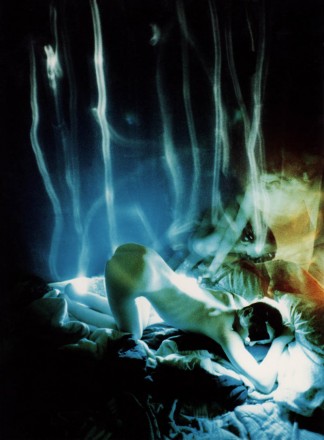

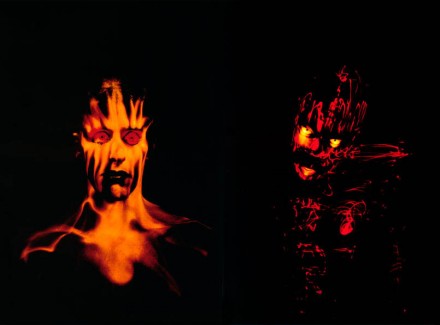
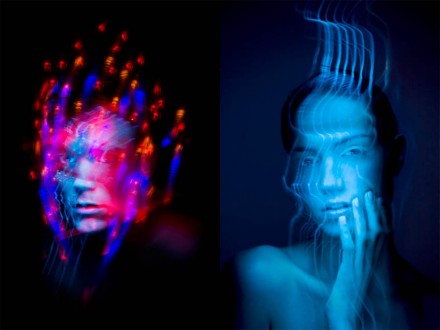



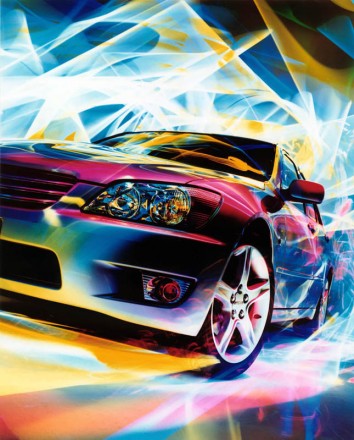
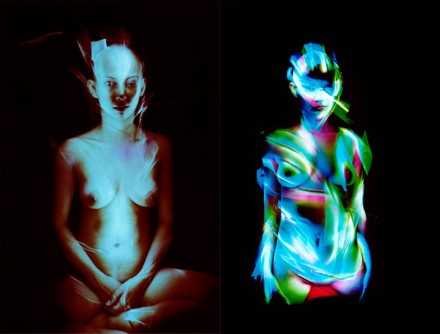


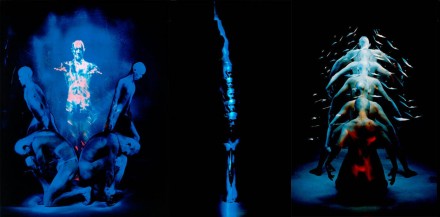


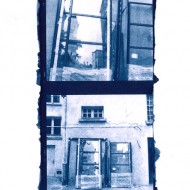
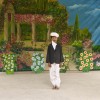
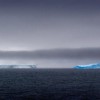
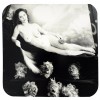
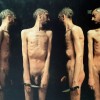
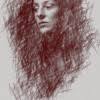

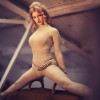
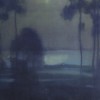
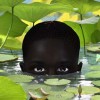

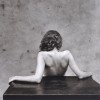

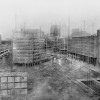
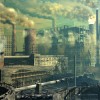








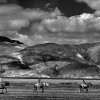

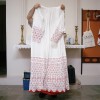
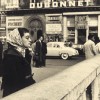
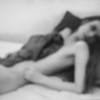

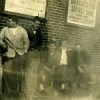
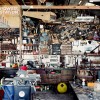
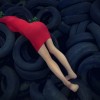

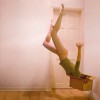
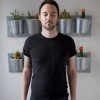
Fabulous stuff. I share your love of using photography to do more than just capture what’s there.
These paintings are ethreal!You obviously are on a spiritual plane which you don’t realisw!So brilliant and awesome,its like magic!
Patrick,what can I say fantastic images,I really love them. Many years ago I did a test with a lazor pen light and got some really moody dark portraits. I loved the fact that when the sitter moved,I found a new plain of focus giving very interesting results. I im interested to know what light source you favor,if you dont mind my asking. Keep up the incredible work.
So beauty. I’m also trying L.P. This is a very use full article… I learn a lot related to light painting. Thanks
Hi David, to answer your questions, my best tools are the micro-flo from kinoflo and the Bushnell HD torch also I use toys and any type of LED.
how do you do this! i am studyin you for my art. i wanted to know how to do this so i can extend further and try do my own example of your work? could you send us someting to work with ??
Wow great research! You haved helped me fill in a few gaps in my own research. I have fallen for light painting myself and having fun with it. I have been working on a short essay on light painting then I stumbled on to your work, first your photography,( WOW by the way) and now your history on the subject. Thanks
hi Patrick,
i’m italian, i’m a photographer and a student.
i have stuned from your work and i have introduced you in my research into Light painting for university. i love your works.
take care.
Erika Di Benedetto (from Sicily)
Hi!
My name is Morgan Crossley and I work at a production company in New York called Kornhaber Brown. Just wanted to write to you and say that I love your blog, and I wanted to let you know about a project we just finished for PBS featuring Patrick Rochon and Aurora Crowley, documenting their work and the art of light painting. It’s for an ongoing web series we’re doing for PBS called “Off Book.” We’re super stoked on it and we thought you might be interested in checking it out!
You can view the piece here:
http://www.youtube.com/watch?v=J-ow6VXYr50
We’d love to hear what you think!
Thanks,
- Morgan
man, your like a god!!!!! I really love your art work, hope to see one day your art on a Mexico Gallery….
Regards,
Nallely
Your photo’s are amazing!
I am currently studying A-Level photography, and I am researching Aurora Crowley and yourself as part of my coursework.
I was wondering if it would be possible for you to send me a photograph of yourself to include in my research?
I have looked all over the internet hoping to come across one of you, but so far no luck.
Please keep it up, I love looking at your work!
nice photo shoot!
You can also subscribe to this post comments RSS feed.